From the lab to lockdown, stories of caring for the forest.
The destructive plant fungus myrtle rust is continuing its march across Aotearoa. Katy Gosset speaks to researchers studying its plant penetration powers in an effort to combat it.
Then, a visit to a balmy tropical forest in Dunedin with an essential worker who is caring for all the living things inside it.
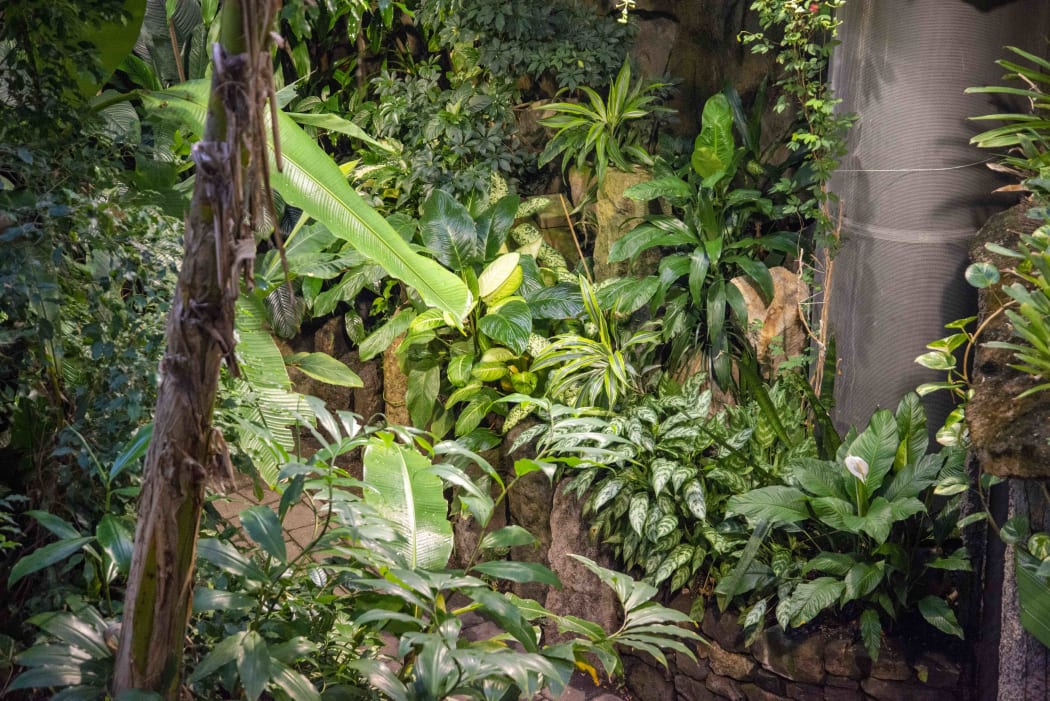
The tropical forest at Otago Museum Photo: Supplied / Otago Museum
Follow Our Changing World on Apple Podcasts, Spotify, Stitcher, iHeartRADIO, Google Podcasts, RadioPublic or wherever you listen to your podcasts
Fighting the plant pandemic
Since it was first found in Aotearoa in 2017, the invasive fungus myrtle rust has been spreading throughout the country, infecting native plants in the myrtle family - including pōhutukawa, rātā and mānuka.
Attacking the young leaves, shoot tips and young stems - myrtle rust results in deformed growth, affects flowers and fruiting, and can kill the plant.
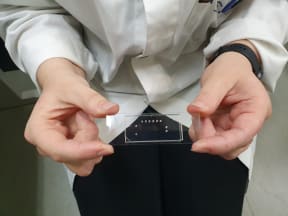
The 'Lab on a Chip' technology used in Sarah Sale's research Photo: RNZ / Katy Gosset
Figuring out how to slow or stop this destructive fungus is what drives PhD student Sarah Sale. She wants to better understand the forces it uses to penetrate plants. To do this, she and her colleagues have gone to the microscale, and are using a unique device to do this.
The team is part of the Government's Beyond Myrtle Rust campaign and Katy Gosset visited them in the lab.
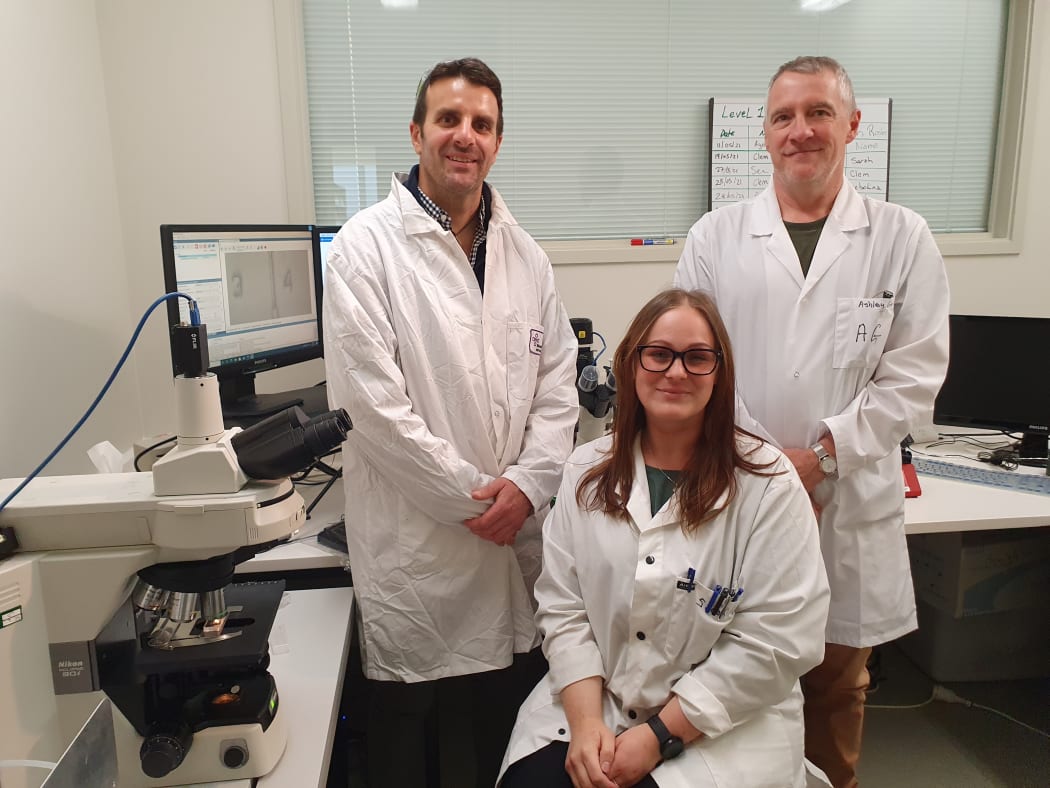
Volker Nock, Sarah Sale & Ashley Garrill at the University of Canterbury Photo: RNZ / Katy Gosset
Unusually essential
When thinking about ‘essential workers’ Dr. Tony Stumbo’s role is probably not the first that springs to mind. But the Tūhura and Living Environments Coordinator at the Otago Museum has an important job during lockdown – looking after the living things in the museum’s tropical forest.
The tropical forest is a three-story enclosed space kept at an average temperature of 27oC. It is hot, humid, full of lush plants, and home to a terrapin (Shelly), as well as different species of birds, spiders and insects.
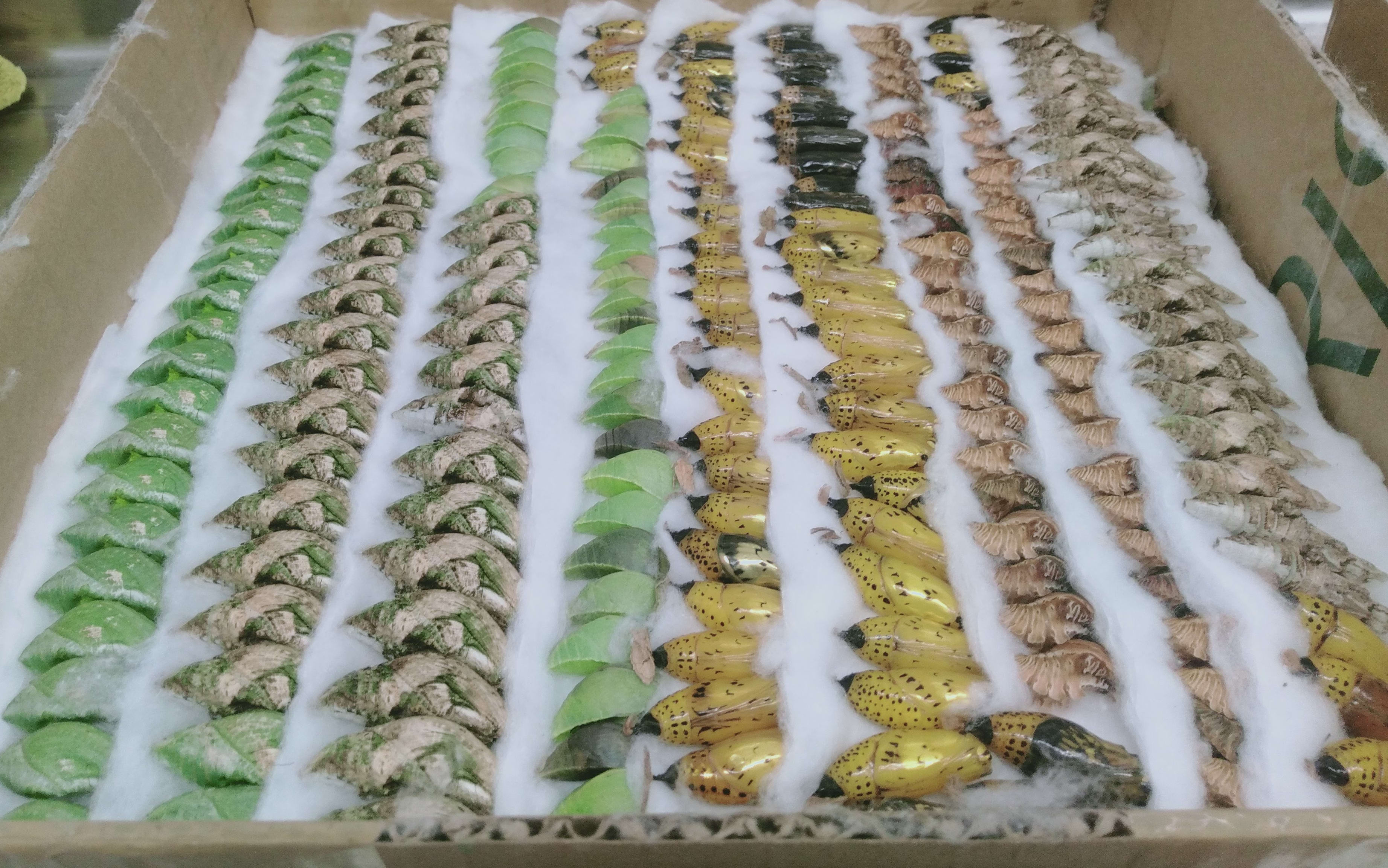
Butterfly pupae Photo: Supplied / Otago Museum
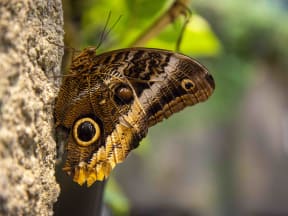
Magnificent Owl butterfly in the tropical forest Photo: Supplied / Otago Museum
It is also a butterfly house. Each week hundreds of butterfly pupae are shipped to the museum from the Philippines or Costa Rica, to hatch in the quarantine room, before being released into the forest.
During lockdown, the careful protocols and checks that are involved in importing live, non-native species must continue, as well as the care of the pupae themselves. Tony explains his daily routine to make sure the plants, animals and butterflies are all being looked after.
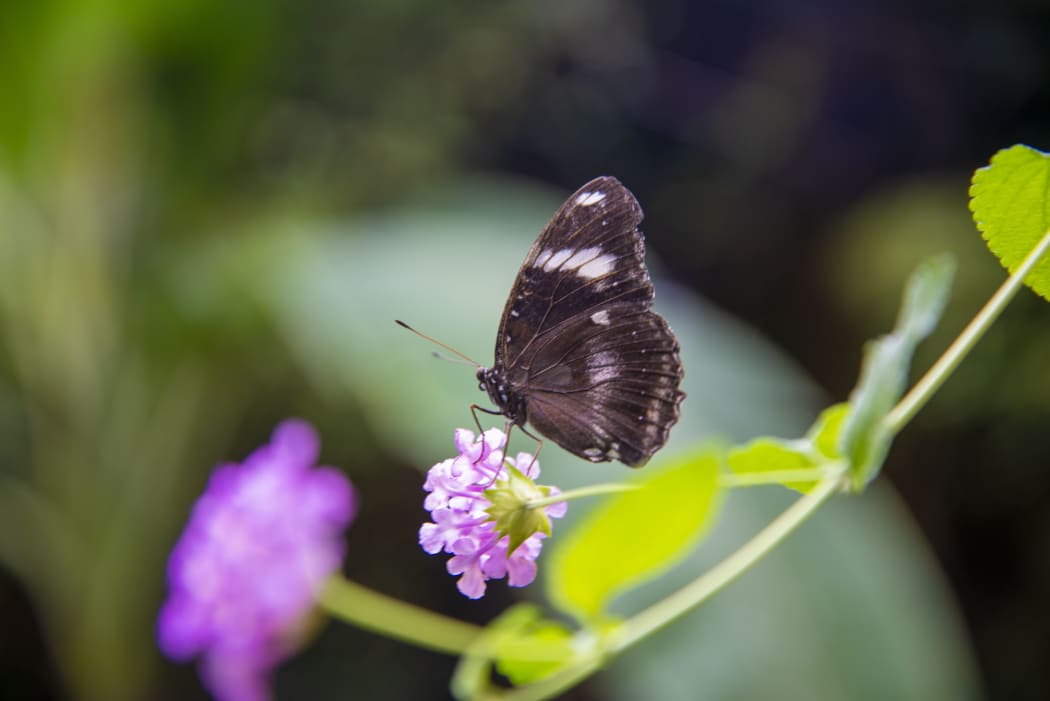
A butterfly in the tropical forest. Photo: Supplied / Otago Museum


